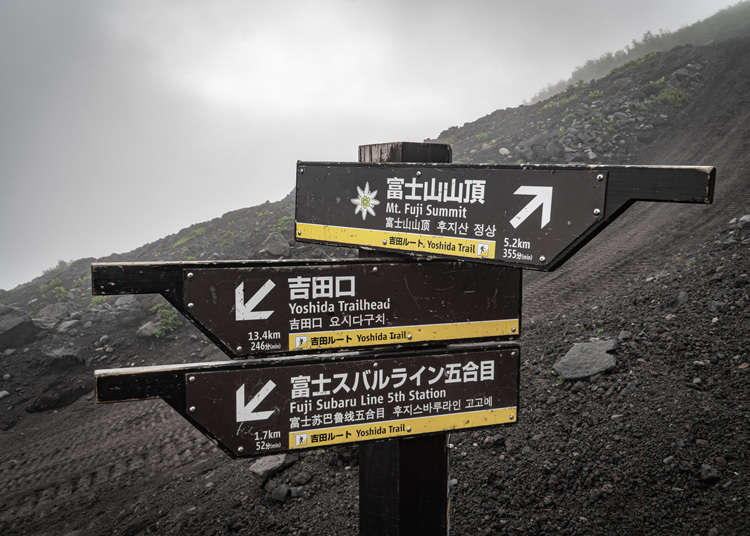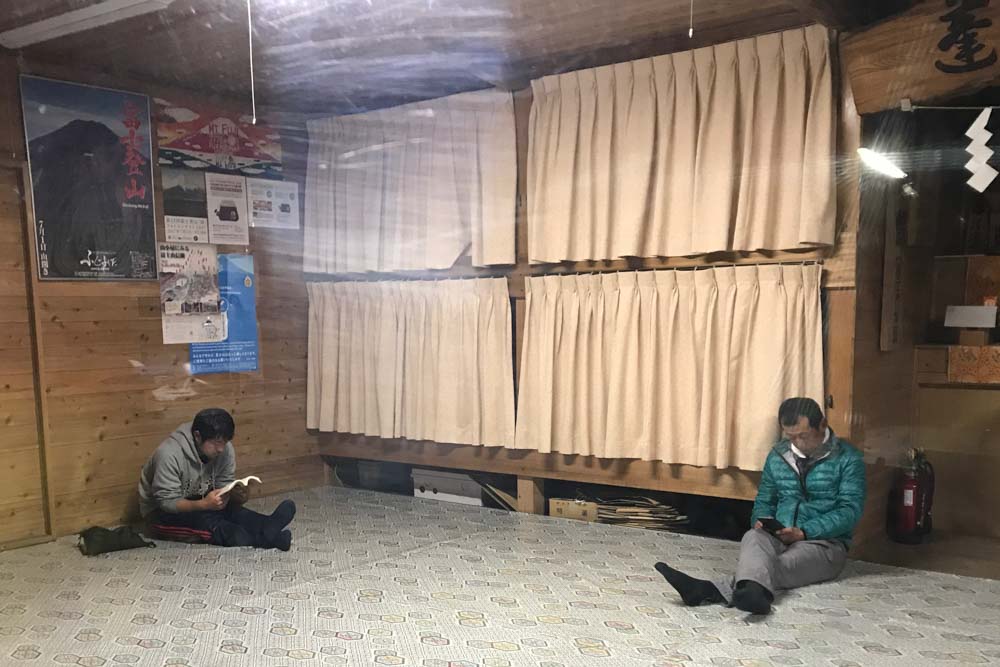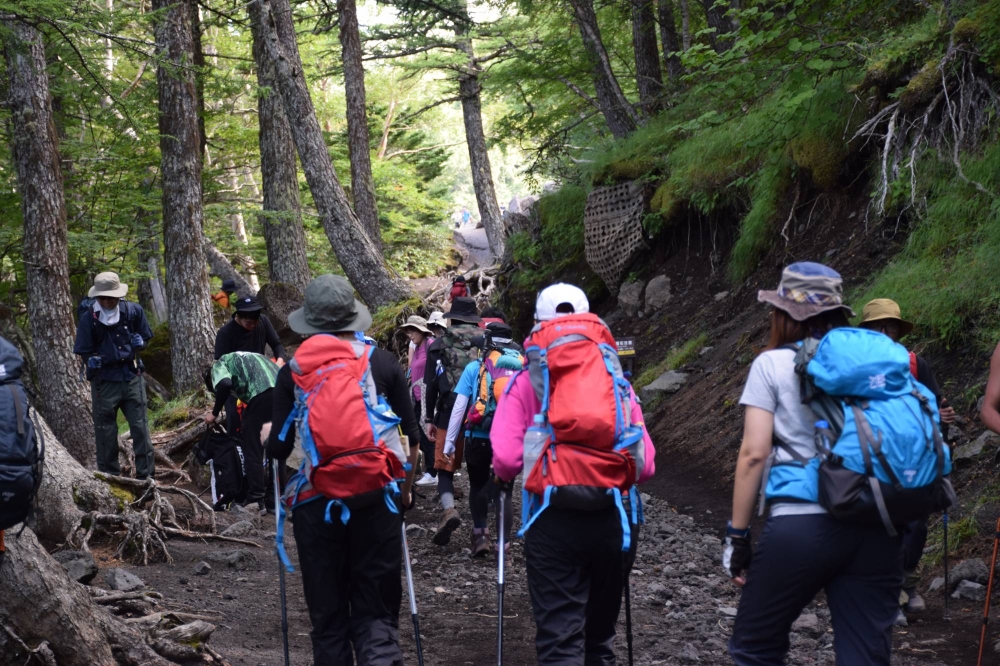"Dream, Dream, Dream! Conduct these dreams into thoughts, and then transform them into action."
- Dr. A. P. J. Abdul Kalam
"Dream, Dream, Dream! Conduct these dreams into thoughts, and then transform them into action."
- Dr. A. P. J. Abdul Kalam
11 Mar 2024
For many tourists, climbing Mount Fuji is a dream come true, but for locals, it's a spiritual adventure. Being the tallest and most famous mountain in Japan, Mount Fuji is a symbol of the country. Hundreds of thousands of residents and visitors swarm the Mt. Fuji region each year in the hopes of catching a glimpse of the peak from a distance or hiking the routes that lead to the top. Amongst all the different features of Japan, the focus today is on Mount Fuji Volcano. The location of Mount Fuji is in Fuji-Hakone-Izu National Park. Fujisan, as locally known, is a volcano close to Tokyo. The elevation of Mount Fuji is around three thousand seven hundred and seventy-six meters. It is a symbolic beauty of Japan for many reasons and is a cultural icon of the country. Japanese cultural photography and art are inspired most by this snow-capped mountain.
Which Trail To Choose?

( Source: Google Images)
This highest peak in Japan is 3,776 meters (12,388 feet) high, known as Fujisan in Japanese. Although still active, Mt. Fuji is a stratovolcano last erupted in 1707. Tokyo, the capital of Japan, is located southwest of Mt. Fuji, which is close to the Pacific Coast. The mountain spans the prefectures of Yamanashi and Shizuoka in Japan. it offers stunning panoramic views of the surrounding landscapes. Visitors can embark on a challenging yet rewarding hike to the summit, where they can witness the awe-inspiring sunrise. Additionally, the mountain holds great spiritual importance in Japanese culture and is considered a sacred site. Nearby attractions worth exploring include the Fuji Five Lakes, which offer picturesque views of the mountain reflected in the calm waters. The region also boasts hot springs, traditional villages, and museums showcasing the history and art associated with Mt.Fuji.

( Source: Google Images)

( Source: Google Images)
Collective Belongingness ~
Cultural Importance ~
Individual Success ~

( Source: Google Images)
Adventure and Nature ~
Approximately five months of the year are covered with snow on Mount Fuji. The mountain's cone is largely clear of snow throughout the climbing season, however we did see some in July. Since the Edo period, which began in the 1600s when Edo (now Tokyo) became the capital of Japan and tourists started to notice the peak, Mt. Fuji has been revered by the Japanese people. From July 1 to September 10, is when Mt. Fuji is officially open for climbing. While the mountain is accessible all year round, it is advisable to visit during this period when all of the trail's huts are open and the weather is ideal.

( Source: Google Images)
The most well-traveled and manageable path is most likely the Yoshida Trail, which begins near Fifth Station. Hiking to the peak and back is doable in a single day, despite not being an easy feat. Along the way, several stations offer various amenities including food, water, shelter, and bathrooms. Even the 7th and 8th station bungalows let guests stay overnight on the mountain. The 7th and 8th Station huts are popular places to spend the night if you want to get up early and see the sunrise at the top.
Yoshida Trail Safety Advice & Measures:
Choose a mountain hut along the way that is close enough to the peak so that you may reach there before dawn because Mount Fuji is well-known for its breathtaking sunrises. Depending on your level of fitness and acclimatization, you can choose either one, but whatever route you choose, get up early and go for the summit! One of the best things about the Yoshida route is that you can still watch the dawn to the east even if your timings are off and you don't reach the peak before daybreak. Follow it around to the highest point of the mountain, the Mount Fuji Weather Station, until you arrive at the summit crater. Set yourself up for one of the most breathtaking sunrises you will ever witness!

( Source: Google Images)